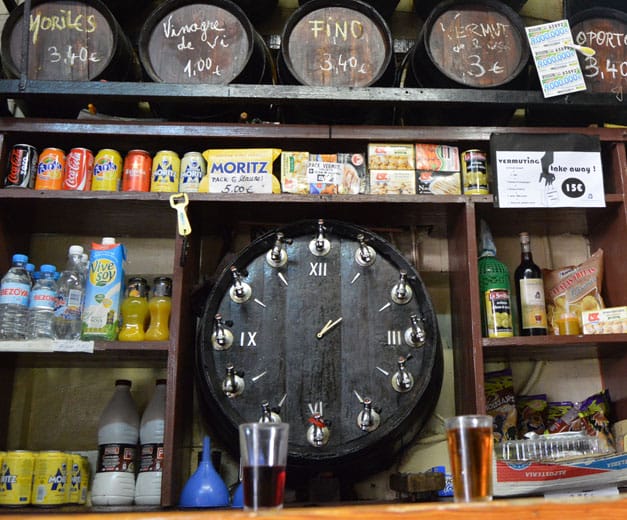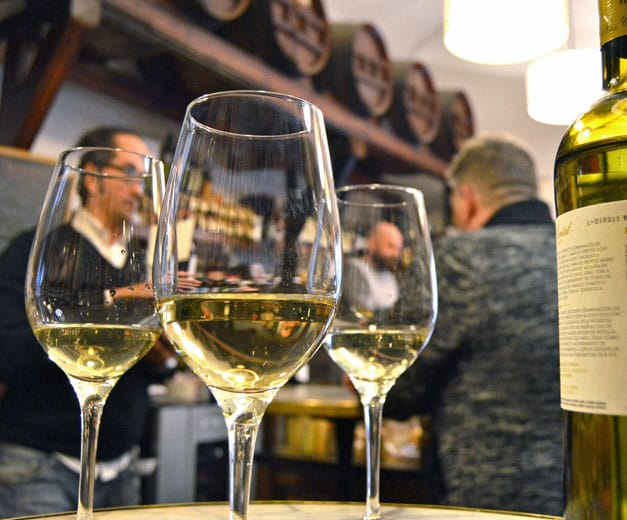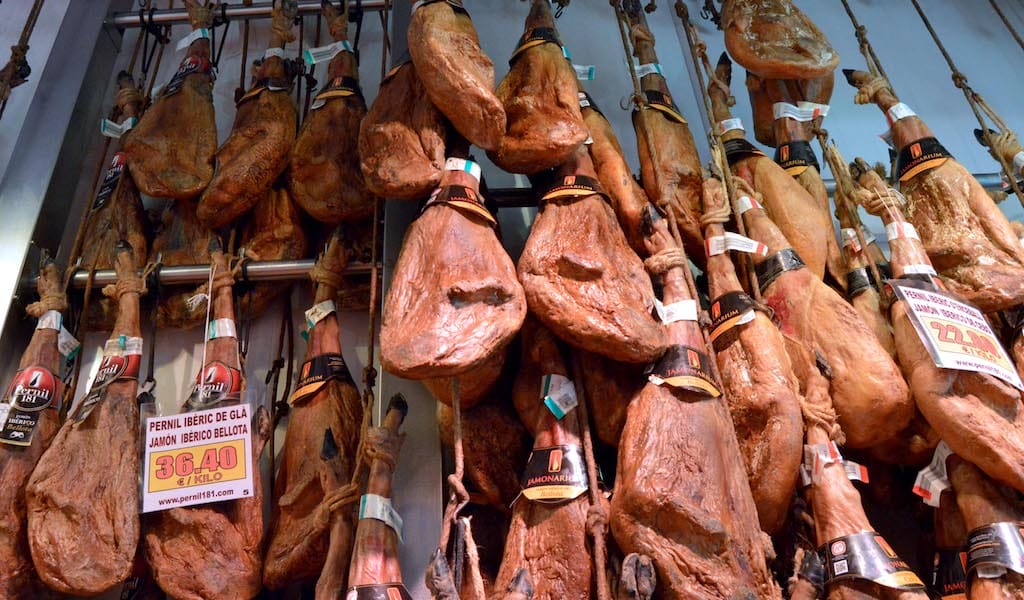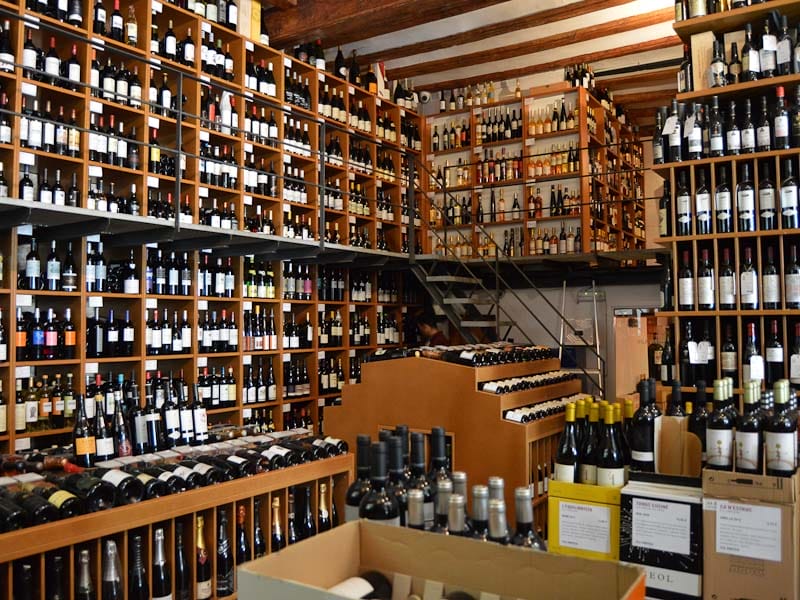For so long, bulk wine has been synonymous with plonk – even in a country like Spain, where buying wine straight from the barrel was standard practice up until the 1980s, when it was largely replaced by bottles with certified designations of origin. We are well acquainted with the bad stuff, which we call vino peleón, literally “scrappy” wine, but thankfully, the era of its ubiquity is mostly over and done with. It’s much easier these days to find good wine at low prices (€1 to €5 per liter) that’s suitable for everyday drinking. And another upside to this practice is the environmentally friendly packaging: your own jug.
The resurgence of bulk wine is happening all over. It’s particularly meaningful for Spain in 2014, as last year, the country became the world’s top wine producer by volume for the first time – a distinction that usually belongs to France or Italy – with 50.5 million hectoliters, 41 percent more than the previous year. (This makes a lot of sense, since 14 percent of the total area under vine around the world is in Spain.) And 50 percent of the country’s production is bulk wine, with or without a protected designation of origin.
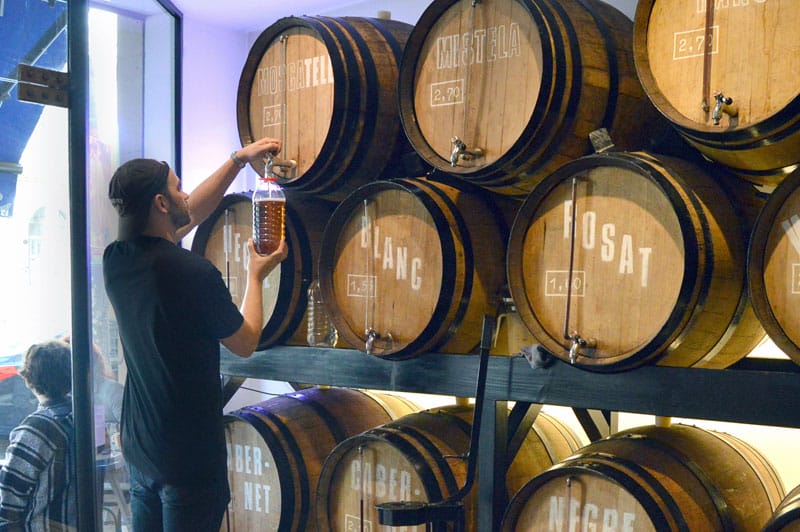
The financial crisis has played no small part in bulk wine’s return; there’s demand for an economic way to satisfy consumers’ needs. At the same time, the explosion in interest in food and wine has made consumers significantly more knowledgeable about quality. They have three main markets to choose from: retail boxed wine; wine on tap at bars and restaurants, usually sold as the “house wine;” and retail bulk wine, which customers take home in refillable containers (glass and plastic are both common). The last, found mostly in traditional bodegas or a few modern wine shops, has a special bonus: it allows buyers to create their own personal blends.
A good bulk wine needs a good – that is, appropriate – vessel and proper maintenance. A fino, or light, young wine, for example, is better off in a bag-in-box than in wood barrels, to keep it from being exposed to the atmosphere and oxidizing. Jesús, the owner of La Pubilla del Taulat, explained to us that the bodega’s seven century-old barrels must be cleaned regularly to keep them in tip-top shape. Every Tuesday he cleans the inside of the barrels, flipping the vessels in both directions to drain them properly and remove any trace of wine inside. To conclude the process, he burns a sulfur strip inside the barrel to release sulfur dioxide, which deters the growth of bacteria that could destroy the wine.
In Barcelona, just as in cities all over the world, everything old is new again, especially among the young, who are flocking to traditional bodegas for wine on tap and tapas. At these casual bars, you can fill your bottles or your glass directly from the barrels and drink it accompanied by small plates of fried fish, patatas bravas, cheeses or beans with ham. We particularly like Bar Bodega Quimet in Gràcia; the young and successful Casa Mariol, a modern tapas bar from the eponymous winery, which is known for wonderful, well-priced bottled wine from Terra Alta as well as vermouth and bulk wine; and the classic Bodega Massana, which has supplied Horta locals since 1930 and where you also can have tapas and an esmorzar de forquilla, the traditional robust Catalan breakfast. We love Massana’s barrel clock – the hours are marked by taps, each of which is connected by a tube to the fortified wines in the wood barrels above. How else will you know when it’s Port O’Clock or Vermut-Thirty?
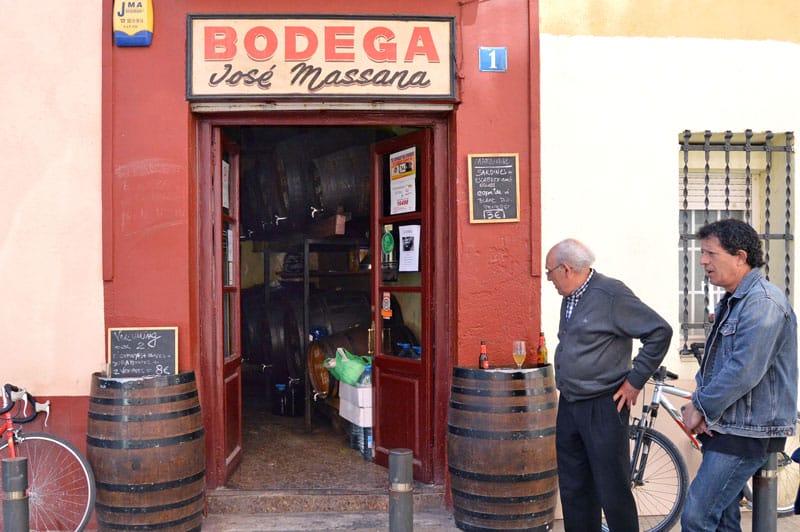
When we’re looking more to replenish our home inventory, we visit the other type of traditional bodega, which sticks mainly to retail. These shops include La Bodegueta, El Antic Celler de Gràcia (in business since 1933), Bodega Maestrazgo (since 1952), L’Hereu Vinacoteca or La Pubilla del Taulat. All of these places take the most thorough care of their barrels and containers and offer a wider range of wines and plenty of expert advice.
We’re thrilled by the return of bulk wine, and you should be too. The best news of all: more for everyone.
Published on March 11, 2014
Related stories
November 28, 2013
BarcelonaWhen we think of white wine in Catalonia, we think of its seemingly endless possibilities. Production of whites here has a 2,000-year-old history. The wide-ranging diversity in the area’s Mediterranean climate and calcareous soils, from the mountains to the sea, and the combination of old grape varieties and newly introduced “foreigners” with traditional and experimental…
June 18, 2014
BarcelonaIn Spain, pork is serious business; it’s been a fundamental part of the diet here for millennia. Pigs were an important animal on the first Celtic farms and also for the Iberians (around the 6th century BCE), who would sell to other Mediterranean peoples salted and cured pork, as well as olive oil and wine.…
September 20, 2013
BarcelonaLegend has it that in 12th-century Priorat, in the region of Tarragona in southern Catalonia, there was a shepherd who dreamt every night of a ladder leaning against a pine tree. The ladder ascended from the valley all the way to heaven and angels climbed up and down, tending to their heavenly and earthly duties.…







































